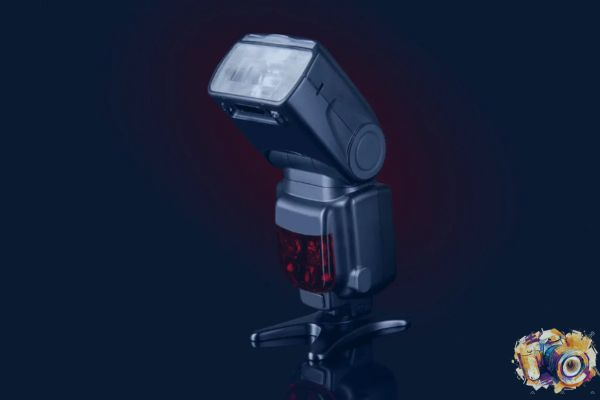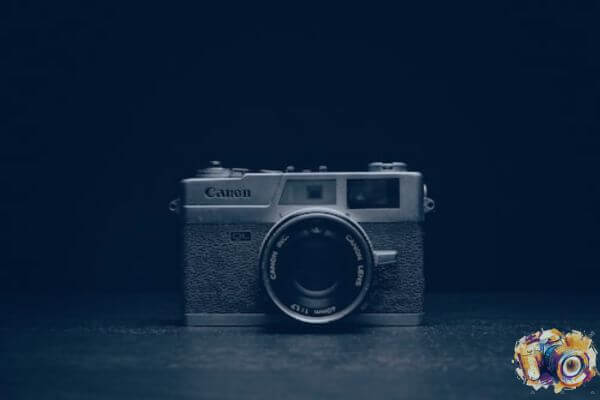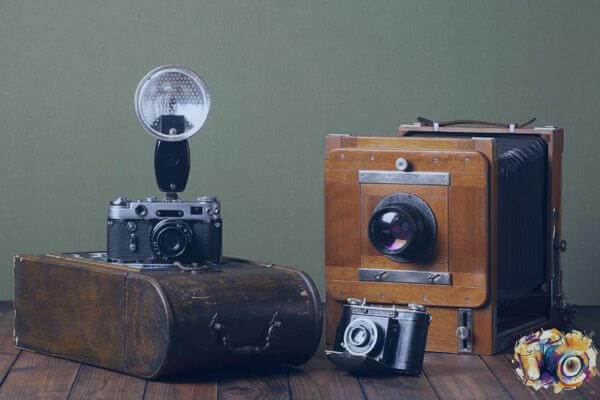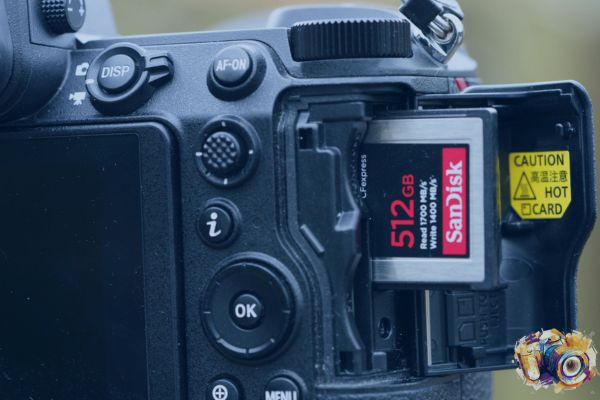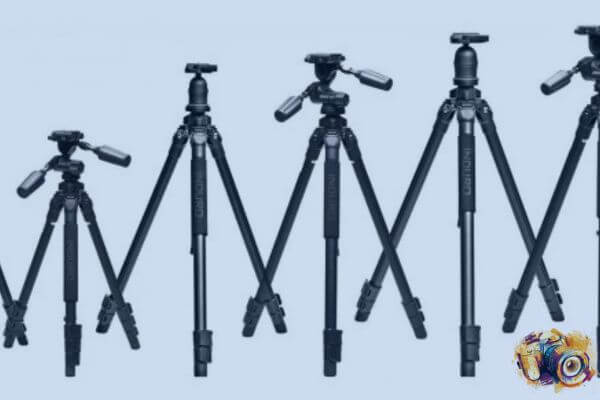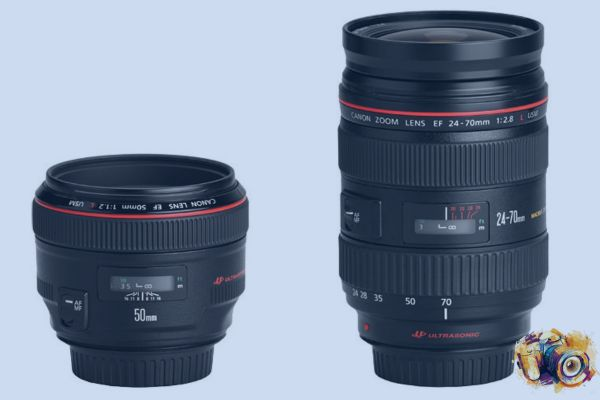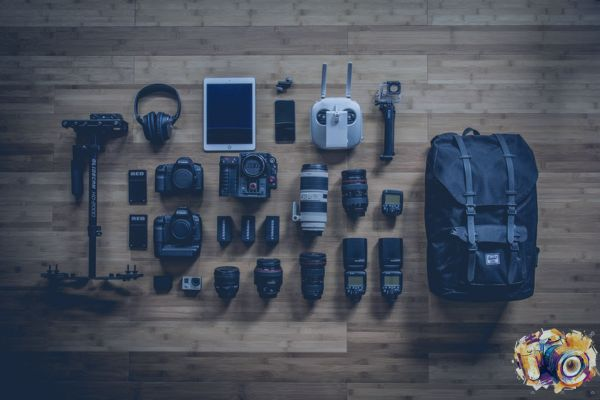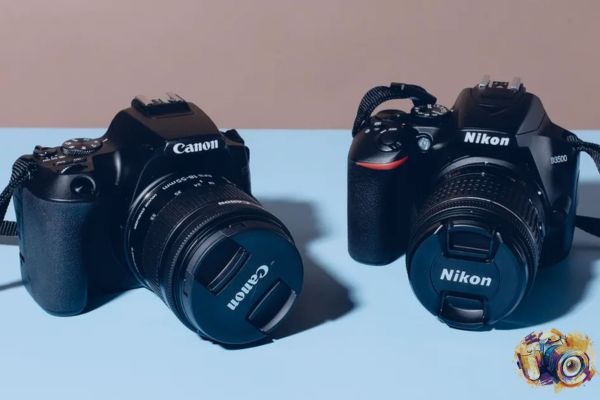External Flash vs Built-in Flash: What’s Better?
Discover the key differences in external flash vs built-in flash: what’s better for your photography? Learn pros, cons, and tips to elevate your shots today! You step into a dimly lit room, camera in hand, ready to capture the perfect moment. The laughter echoes as friends gather for a celebration. You raise your lens, but shadows creep in, dulling the vibrancy. Suddenly, you wonder about lighting options. This common scenario highlights a crucial choice in photography. External flash vs built-in flash: what’s better? Many photographers face this dilemma daily. Built-in flashes come standard on most cameras. They offer convenience right out of the box. However, they often produce harsh light and red-eye effects. In contrast, external flashes provide flexibility and power. You can angle them for softer illumination. This comparison matters because proper lighting transforms ordinary photos into stunning masterpieces. Statistics show that over 70% of amateur photographers struggle with indoor lighting. A study from Photography Life reveals that using an external flash improves image quality significantly. Therefore, understanding these options empowers you to make informed decisions. Moreover, external flashes allow for creative techniques like bounce lighting. Built-in versions limit such possibilities. Consequently, professionals often prefer externals for versatility. No matter your skill level, this guide simplifies the debate. We explore features, benefits, and when one outperforms the other. In summary, external flash vs built-in flash impacts your results profoundly. Dive deeper to see which suits your needs. You’ll gain insights to enhance your photography journey. Unlocking the Secrets of Flash Photography Imagine you’re at a family wedding. You position yourself near the dance floor, eager to freeze joyful twirls in time. The ambient light fades as evening sets in. You activate your camera’s flash, but the results disappoint—flat faces and glaring highlights steal the scene. Frustration builds. Then, you recall hearing about advanced lighting tools. This sparks curiosity about better alternatives. You experiment further. With a simple attachment, shadows soften, and colors pop vividly. Details emerge that once hid in darkness. You feel empowered, as if you’ve discovered a hidden superpower in your gear. Such moments remind you why lighting choices matter so much. External flash vs built-in flash: what’s better? This question arises naturally in these situations. Built-in options work for quick snaps, yet they lack control. External units, however, let you direct light precisely. For instance, bouncing light off ceilings creates natural glows. Additionally, consider portability. Built-ins are always ready, but externals pack more punch for low-light events. No wonder enthusiasts upgrade. To visualize this, check out this YouTube video: “External vs Built-in Flash Tutorial” by Tony & Chelsea Northrup. They demonstrate real-world differences effectively. In essence, these experiences connect you to the core debate. You see how one choice elevates your craft while the other suffices for basics. Thus, exploring further reveals practical advantages. Why Lighting Choices Define Your Shots Photographers know light shapes every image. External flash vs built-in flash comparisons often highlight power disparities. Built-ins deliver limited output, suitable for close subjects. Externals, conversely, blast stronger beams for distant scenes. Furthermore, diffusion plays a key role. Built-in flashes cast direct light, causing harsh shadows. External models pair with modifiers for softer effects. This enhances portraits dramatically. Real-Life Scenarios That Change Everything Picture shooting a birthday party. Built-in flash washes out faces. Switch to external, and warmth returns. Such shifts demonstrate superiority in dynamic environments. Diving Deeper into Flash Features External flash vs built-in flash: what’s better often boils down to functionality. Built-in flashes integrate seamlessly with your camera body. They activate automatically in auto mode. This simplicity appeals to beginners. However, limitations surface quickly. Their fixed position restricts angles. Light hits subjects straight on, creating unflattering results. Red-eye becomes a frequent issue too. On the other hand, external flashes detach for creative positioning. You mount them on hot shoes or use wirelessly. This flexibility unlocks techniques like off-camera lighting. Moreover, power output varies greatly. Built-ins top out at guide numbers around 10-20. Externals reach 50 or higher, illuminating larger areas effectively. Battery life also factors in. Camera batteries drain faster with built-ins. Dedicated external units use separate power sources, extending shoot times. In addition, recycle times differ. Built-ins recharge slowly after firing. Externals recover quicker, ideal for rapid sequences. Thus, professionals lean toward externals for reliability. Amateurs might start with built-ins but upgrade soon. Key Technical Specs Compared Guide numbers measure flash strength. Higher values mean brighter output. External models excel here, covering more distance. TTL metering automates exposure. Both support it, but externals offer manual overrides for precision. Accessories That Enhance Performance Diffusers and reflectors tame harsh light. Externals accommodate these easily. Built-ins rarely do, limiting options. Common Questions on External vs Built-in Flashes Curious about external flash vs built-in flash: what’s better? Many share your queries. This section tackles top doubts directly. Is External Flash Always Superior? Not necessarily. Built-in flashes shine in casual settings. They require no extra gear. However, for professional work, externals outperform due to versatility. You control direction and intensity better. Therefore, assess your needs first. Does Built-in Flash Drain Battery Faster? Yes, it does. Drawing power from the camera shortens overall runtime. External flashes use independent batteries. This preserves your device’s energy for longer sessions. Consequently, plan accordingly for extended shoots. Can I Use External Flash with Any Camera? Most DSLRs and mirrorless models support them via hot shoes. Check compatibility first. Adapters exist for mismatches. Thus, integration proves straightforward for many. What About Cost Differences? Built-ins come free with cameras. Externals range from $50 to $500. Budget options deliver solid value. Invest based on frequency of use. How Do They Affect Image Quality? Externals reduce shadows and highlights evenly. Built-ins often create hotspots. Proper use elevates sharpness and color accuracy. In short, these answers clarify the external flash vs built-in flash debate. Practical Tips for Choosing Your Flash Ready to decide on external flash vs built-in flash: what’s better? These tips guide you effectively. These strategies resolve common challenges. For example, a wedding photographer switched
External Flash vs Built-in Flash: What’s Better? Read More »
